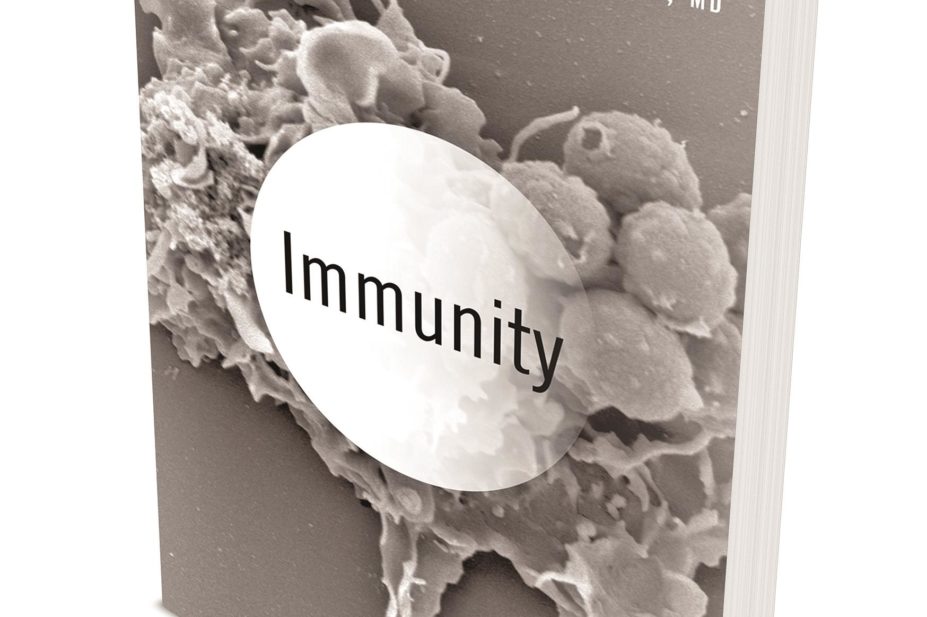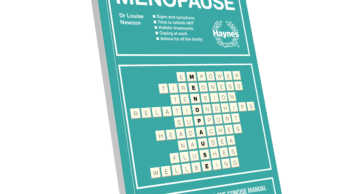
This book provides a fascinating insight into the science and practice of immunology, written by one of the world’s foremost experts. Current thinking is explained as an end-point in the process of scientific discovery, highlighting significant theories and eminent scientists’ work along the way, starting with the likes of Edward Jenner and Louis Pasteur, including some of the author’s own research, and continuing to the current day.
Although the history of scientific discovery is interesting in itself, and adds human interest to a highly technical subject, pharmacy professionals without a particular interest in this field are unlikely to make this their main reference book on immunology. They are more likely to want a straightforward summary of the latest thinking and its application to modern medicine.
The main principles of immunology are explained in three sections under the headings of the laws of the human immune system: ‘Universality’, ‘Tolerance’ and ‘Appropriateness’. But those in pharmacy will find the last quarter of this book most interesting, where the author relates aspects of immunology to disease and modern treatments. For example, chapters on how the gut microbiome affects immunity, how the immune system causes rheumatoid arthritis and lupus and whether it can control cancer, will be of particular interest.
Anyone without some clinical background would struggle to grasp many of the principles discussed in this book. Its 260 pages are text heavy and even those with some knowledge would benefit from a few more diagrams to explain key points and possibly summary panels and charts to help understanding. A splash of colour would improve the dated appearance and reflect the cutting-edge clinical theories and thinking.
The book is well referenced and points are clearly and methodically explained, although the order of chapters can be a little disconcerting. For example, after three chapters introducing the reader to immunology, there is a whole chapter devoted to the author’s autobiography.
The price for the hardback version seems a fair reflection of the authoritative nature of this book, and the vast amount of in-depth information it contains.
Steve Bremer


